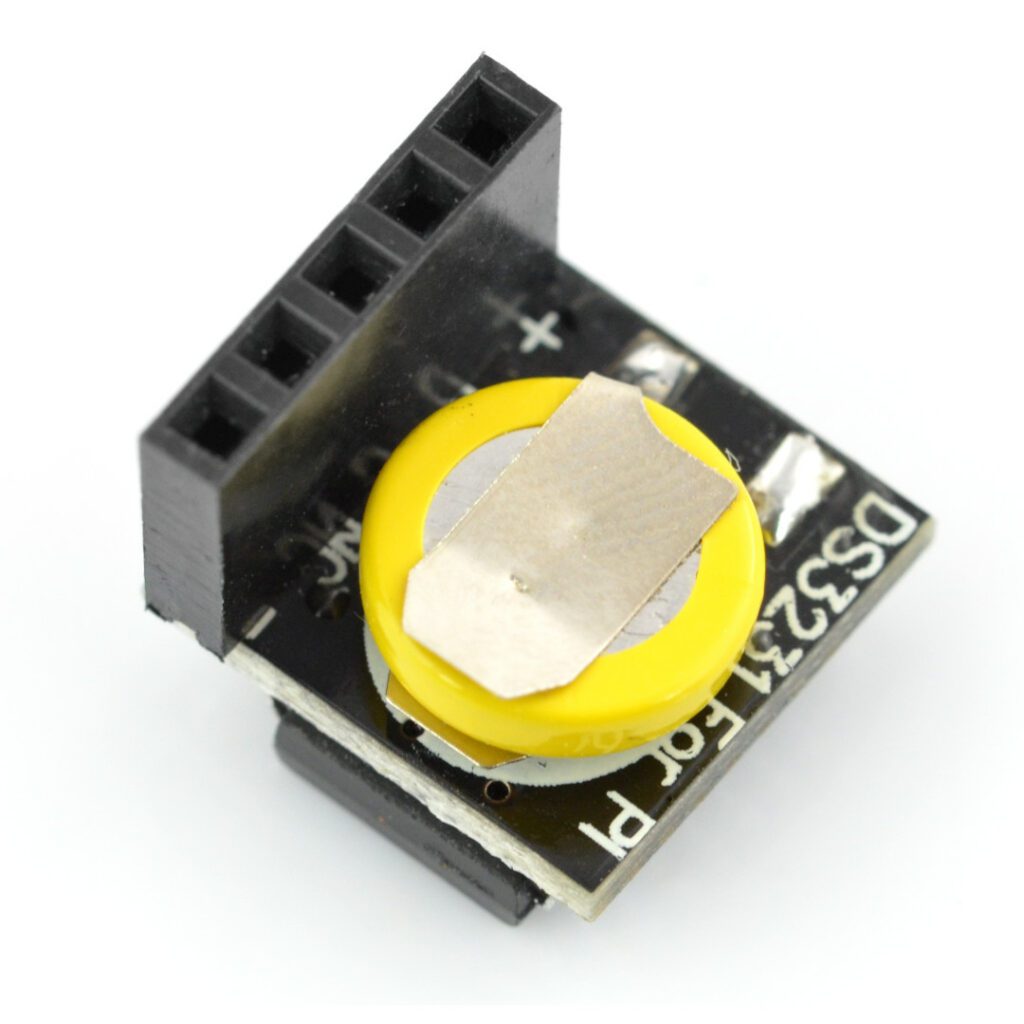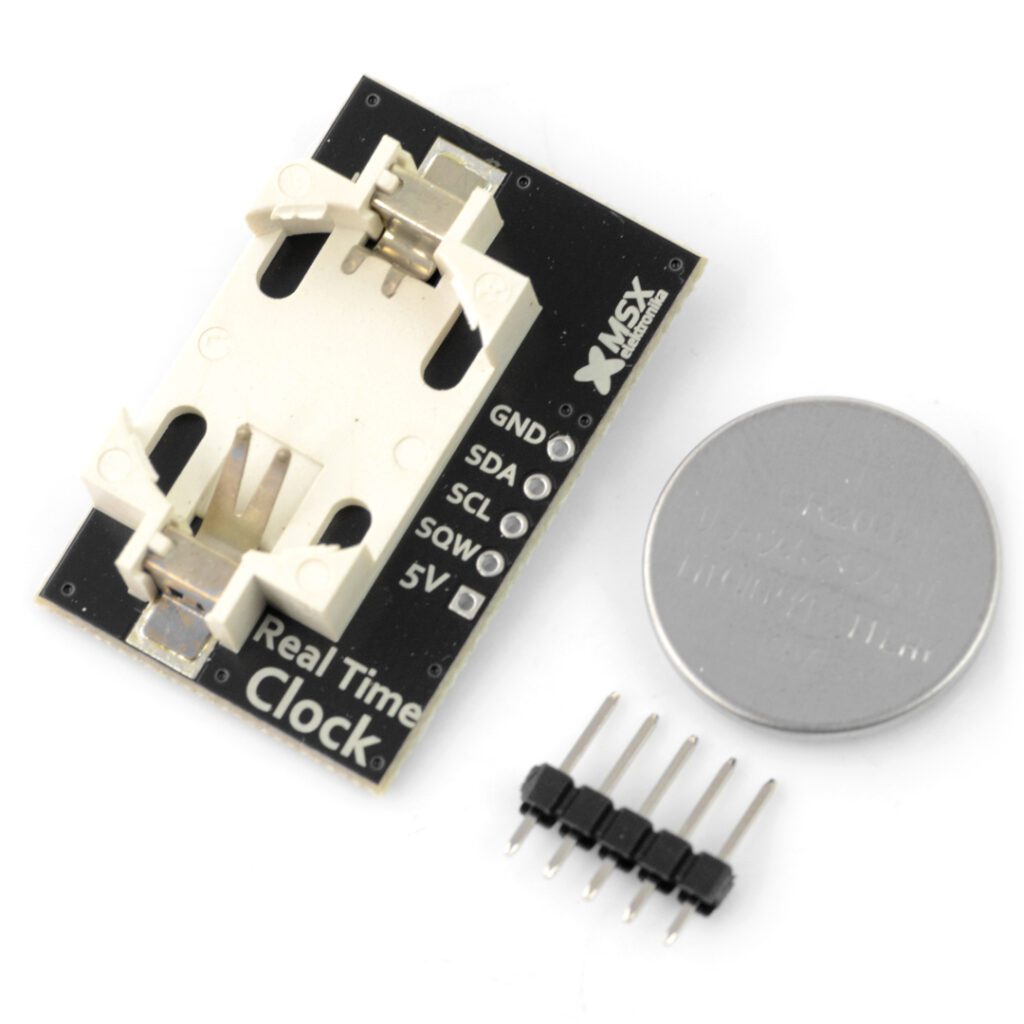Table of Contents:
Have you ever wondered how electronic devices keep accurate time no matter what?
The real-time clock (RTC) plays a key role in this.
This article will provide you with comprehensive information about the RTC, its functions, its importance in modern technology and the ways in which it is changing our everyday devices.
Learn more about this inconspicuous but extremely important component.
Introduction to the real-time clock
Real-time clock, also known as RTC, is a key component in many digital systems.
An RTC is an electronic device that accurately measures the passage of time.
The definition of a real-time clock is that it is an integrated circuit that tracks the passage of time in real time, regardless of the status of the device in which it is installed.
It does this by periodically counting pulses generated by a quartz oscillator.
The main function of RTC is to provide an accurate time reference for embedded systems or computers, even when they are off or in sleep mode.
In terms of real-time clock applications, the presence of RTC is essential in devices such as computers, smartphones, servers, GPS navigation systems, electronic watches or industrial control systems.
RTC allows for proper time tracking, a crucial element in today’s digital world, which places high demands on precise management and timekeeping.
History and development of RTC clocks
Development and history real-time clock is a fascinating study of the application of technology to accurately measure the passage of time.
The origins of RTC date back to the 1970s, when the first real-time clock appeared.
At the time, the device was integrated into a computer, and its main task was to synchronize the system’s time, even when it was turned off.
This was a novelty in the world of technology, and since then the rapid development of this technology began.
Here are some landmarks in the history of the emergence of RTC clocks:
- in the 1980s. i 90. RTCs with built-in battery backup power emerged, allowing them to operate even when the main power supply was off;
- In the early 2000s.
the introduction of RTC into mobile devices such as cell phones and GPS navigators began; - Today, real-time clocks are an integral part of most electronic devices, serving to keep the time and date current, regardless of the state of the device.
The world of technology is constantly evolving, and with it, real-time clocks are also evolving.
As our technologies become more complex and integrated, real-time clocks remain a vital component in maintaining accurate time measurement.
Construction and working principle of the RTC
The construction of a real-time clock (RTC) is quite complex, and designing the operating mechanism requires precise engineering knowledge and experience.
The RTC mainly consists of a quartz clock, an integrated circuit and a backup battery.
The quartz clock generates regular oscillations, which are the basis for measuring the passage of time.
The oscillations from the quartz clock are then counted by the integrated circuit to accurately track seconds, minutes, hours, days and so on.
The basis of the mechanism of a real-time clock is a counter, which measures time using a quartz clock.
The RTC uses regular oscillations of the quartz to generate the timing for the counter.
With each heartbeat, the counter increases its value by one.
When it reaches a certain value, it means that a second has elapsed and the counter is reset.
The RTC is also equipped with a battery backup that allows it to maintain the correct time even during a power outage.
This functionality is crucial for many devices that need to maintain accurate time regardless of their power state.
It is interesting to note that the RTC, due to its design and operating mechanism, is able to maintain accurate countdown time for many years, with an error of usually less than a few seconds per month.
Applications of real-time clocks
The real-time clock is used in many areas of our lives – we often don’t even realize how many technologies and devices depend on its precise operation.
The possibilities for using RTC are virtually limitless – from basic functions such as displaying the current time and date, to more advanced ones such as synchronizing data between devices or managing complex industrial systems.
In everyday use, the real-time clock is indispensable in such mundane devices as watches, televisions, computers and smartphones.
All of these devices continually use the RTC to maintain a precise countdown.
This allows us, for example, to schedule a recording of a favorite TV show, set an alarm clock on our phone, or even use a GPS navigation system.
RTC applications in industry, meanwhile, include process control, machine control, time recording, etc.
All this testifies to the key role that the real-time clock plays in the modern world, regardless of the context of its application.
The future and innovation in RTC technology
The future of the real-time clock (RTC) is full of exciting possibilities.
As technology advances, innovations ensure that RTC becomes more advanced and functional.
The main directions of future developments are:
- greater precision and reliability – the goal is to provide even more accurate timekeeping;
- greater integration – RTC can become an even more integrated part of the equipment, for even greater efficiency;
- more widely used smart technology – will aim to accelerate IoT innovation.
The evolution of RTC is constantly advancing, and the technology plays a key role in the modern world.
We are witnessing how the future and innovations in real-time clock are becoming more and more promising.
How useful was this post?
Click on a star to rate it!
Average rating 5 / 5. Vote count: 1
No votes so far! Be the first to rate this post.





















